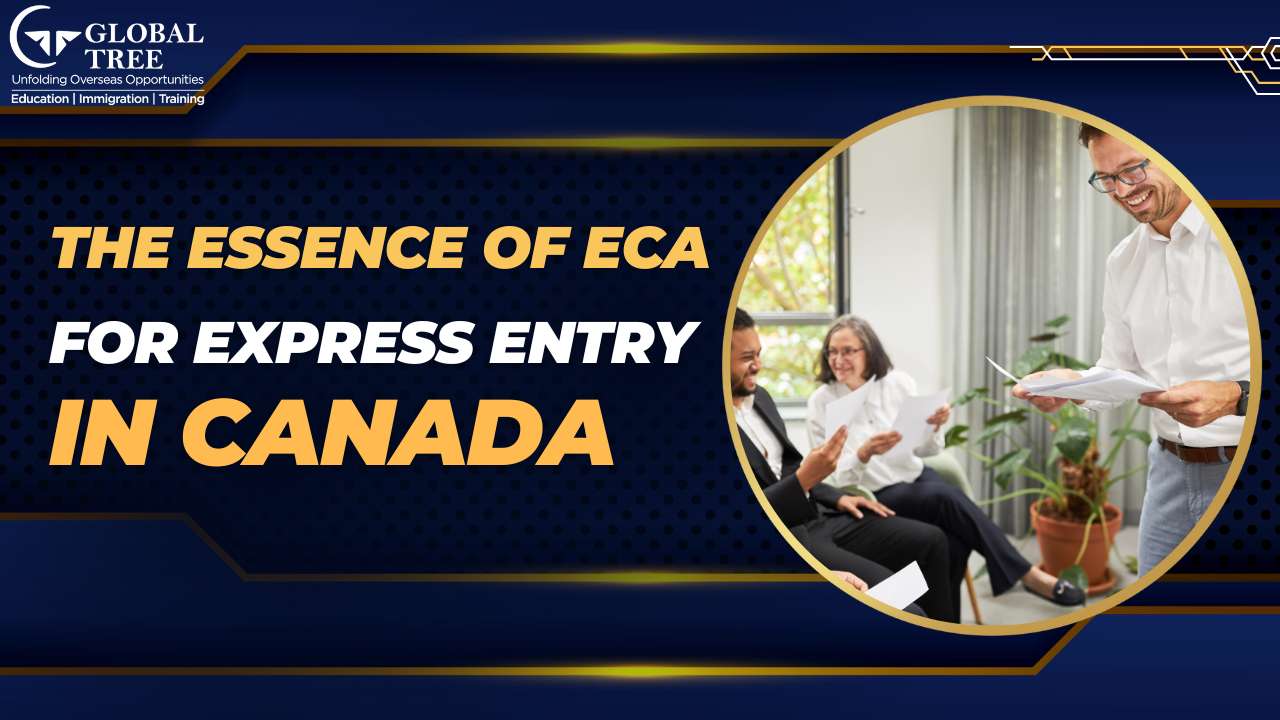The two most prominent ways under which internationals can work permit in Canada are the International Mobility Program and the Temporary Foreign Worker Program. To get into Canada has more than 100 different options for international students looking for opportunities in this country. These pathways can be categorized under two general programs namely:
1) The Temporary Foreign Worker Program (TFWP)
2) The International Mobility Program (IMP).
Read along to know the divergence between these work permit in Canada.
What are the Goals of the Program?
TFWP: The prime goal of TWFP is to provide employers to the Canadian Job market to assist the growing economy. It is a way to hire foreign nationals to fill the labor gaps to address the labor shortages when there is the availability of no suitable Canadians. The objective of this program is to assist Canadian employers that require it, while still giving permanent residents and Canadian Citizens the first opportunity to apply for employment openings. The TFWP prioritizes on meeting the labor market needs for specific occupations in the country.
IMP: The IMP (International Mobility Program) was designed to promote the economic, social, and cultural policy objectives of Canada. Allowing foreign nationals to work permit in Canada strengthens the bilateral and multilateral ties between Canada and the global community. It is a way to promote the likes of arts, culture, sports, and religion in Canada. It builds up bilateral and multilateral ties and agreements with other countries.
The TFWP and the IMP are created to aid economic growth, yet they have different policy objectives and eligibility criteria in Canada Immigration.
Is a Labour Market Impact Assessment
(LMIA) Necessary?
An LMIA is an employer-requested document. It is submitted as proof by the companies that their hiring of foreign employees will not have a hostile effect on the Canadian economy.
TFWP: For the Temporary Foreign Worker Program, it is mandatory to submit an LMIA application. For the TFWP, it is important to note that Employment and Social Development Canada (ESDC) is responsible for the LMIA, and Immigration, Refugees and Citizenship Canada (IRCC) is responsible for the work permit application that follows
IMP: The LMIA is an exemption for International Mobility Program. It is not a mandatory requirement for applicants trying to work in Canada through this program.
A Checklist of Documents
Canada immigration requires a certain checklist of documents that are required for the application process. They are mentioned below:
1) Score of language tests
2) A valid passport
3) Medical Examination certificate
4) Police verification certificate
5) Financial Proof
6) Academic Transcripts
Who Leads the Programs?
TFWP: This program is led by Employment and Social Development Canada.
IMP: It is Led and administered solely by Immigration, Refugees, and Citizenship Canada.
[Read More: How to
apply for a Canada work visa]
Are the Work Permits “Open”?
TFWP: In this program, work permits are employer-specific. It means that foreign nationals applying for a job must work for only one employer.
IMP: Work permits for this program are either employer-specific or “open”. It means that foreign nationals can work for a specific employer or for any firm in the country.
It can be quite challenging to find out which program suits the best as an employer. Ensure to not miss a step in the work permit process for either program. An experienced Canadian immigration lawyer can assist to choose the better. Or reach out to our Canada Immigration Counsellors for expert guidance.





%20%E2%80%93%20How%20does%20it%20work.jpg)




